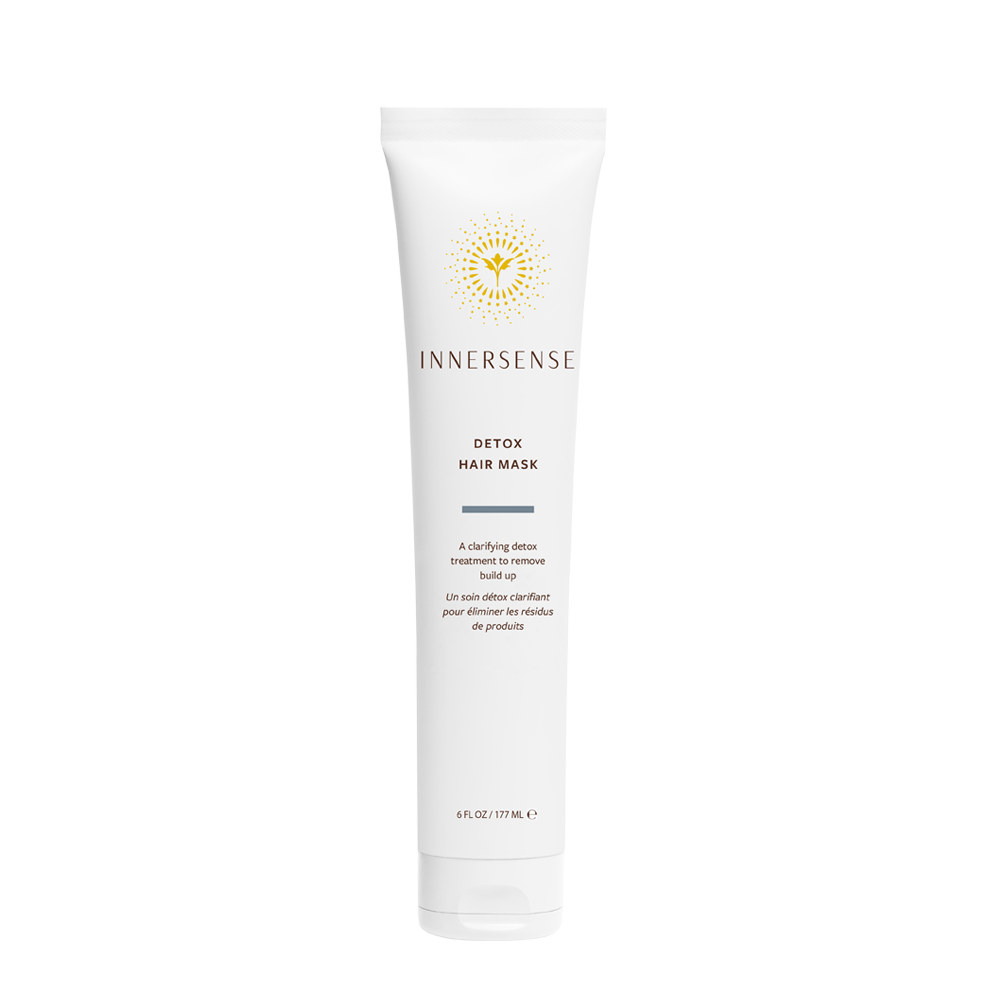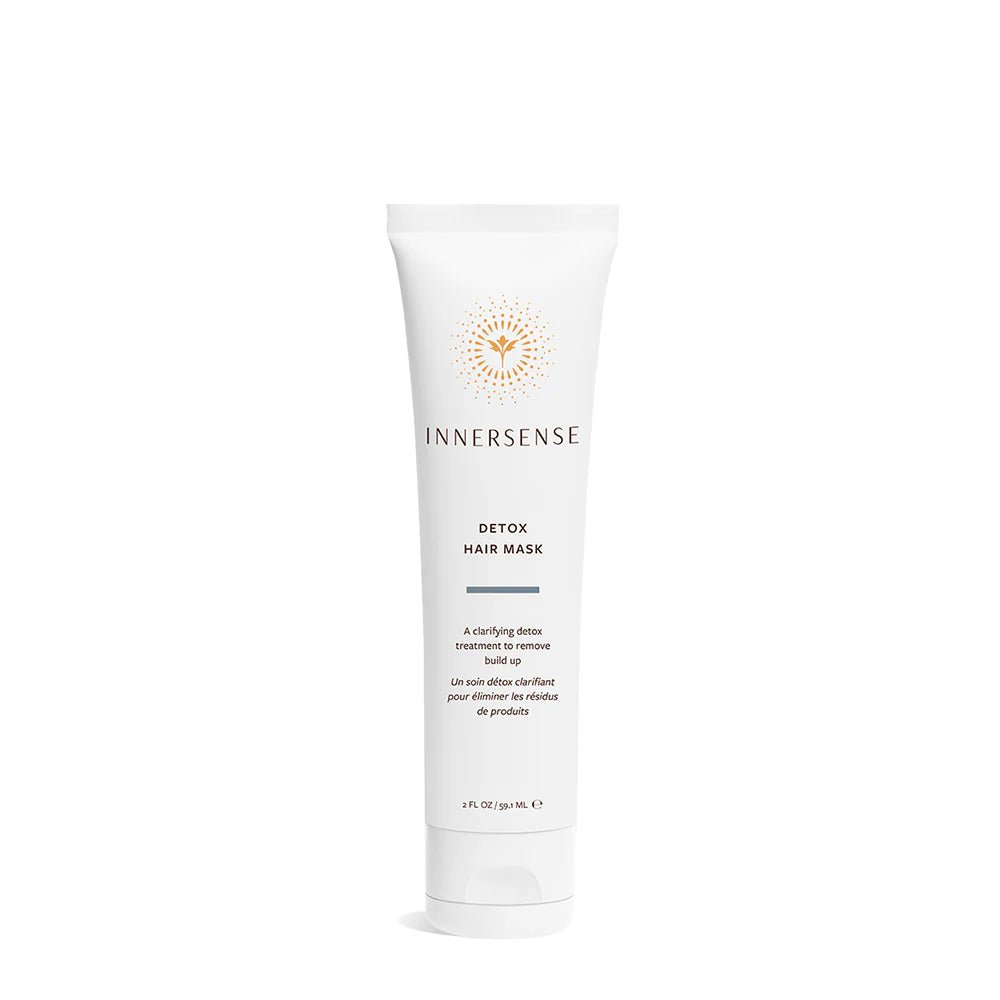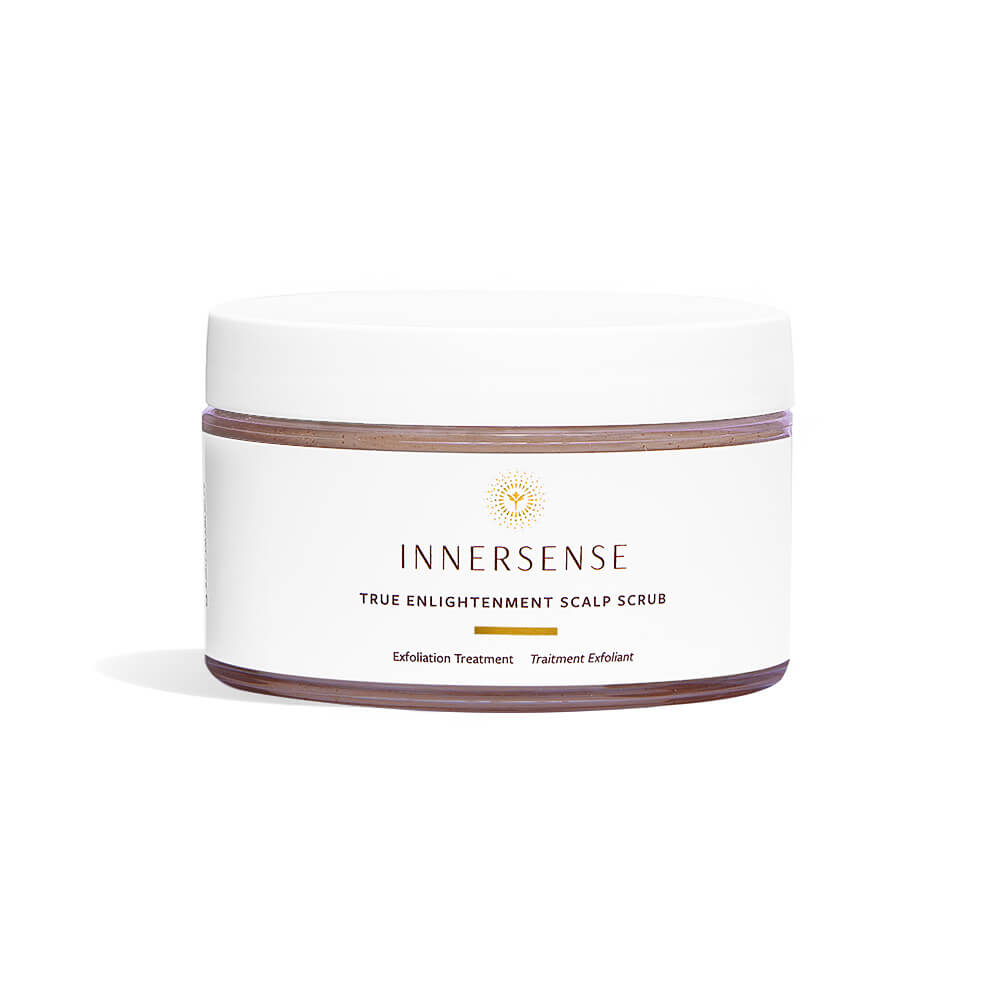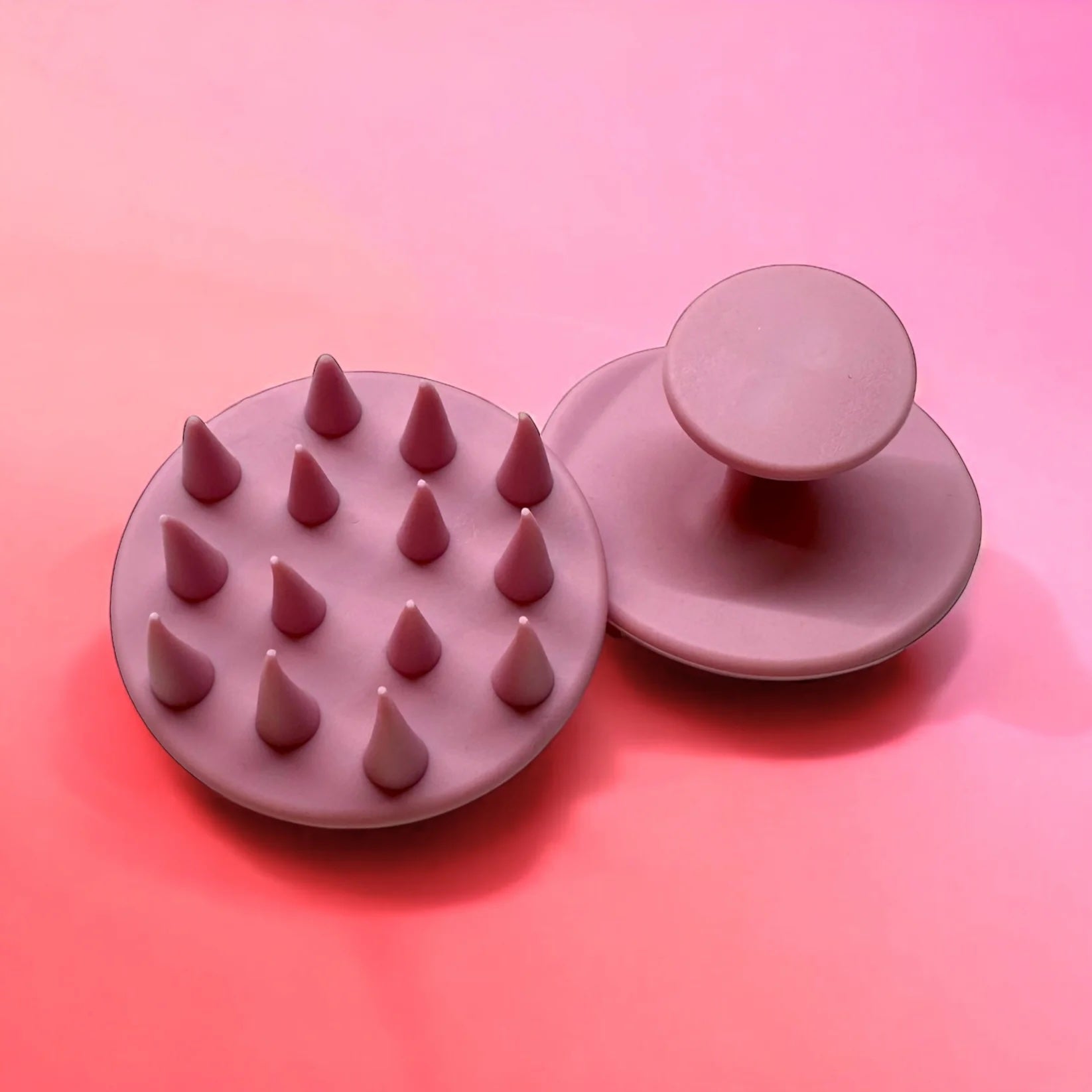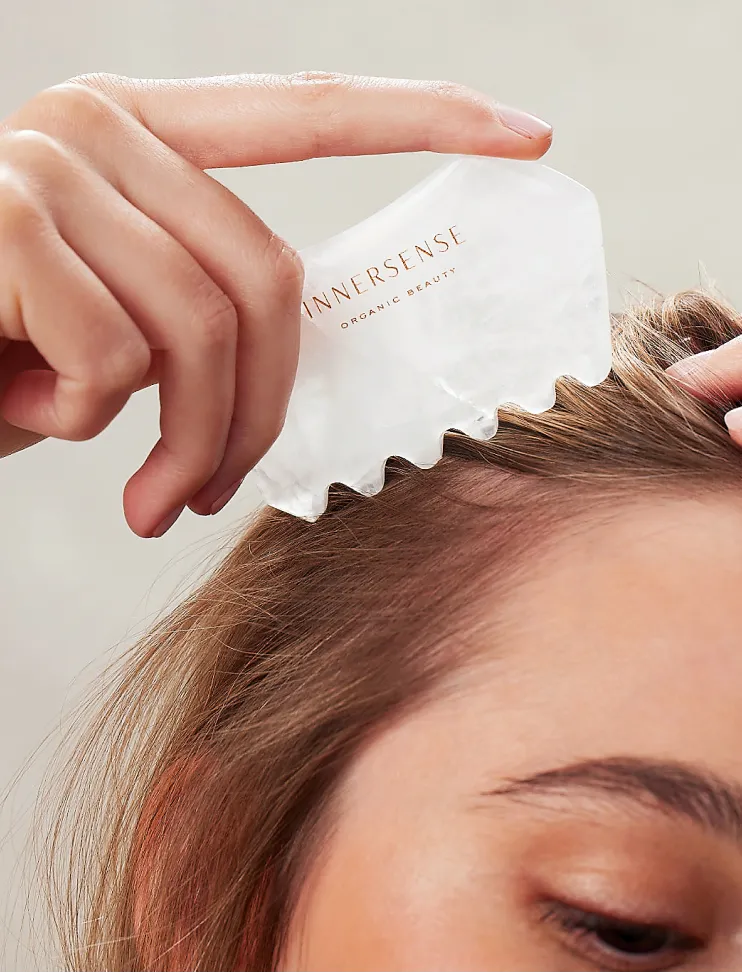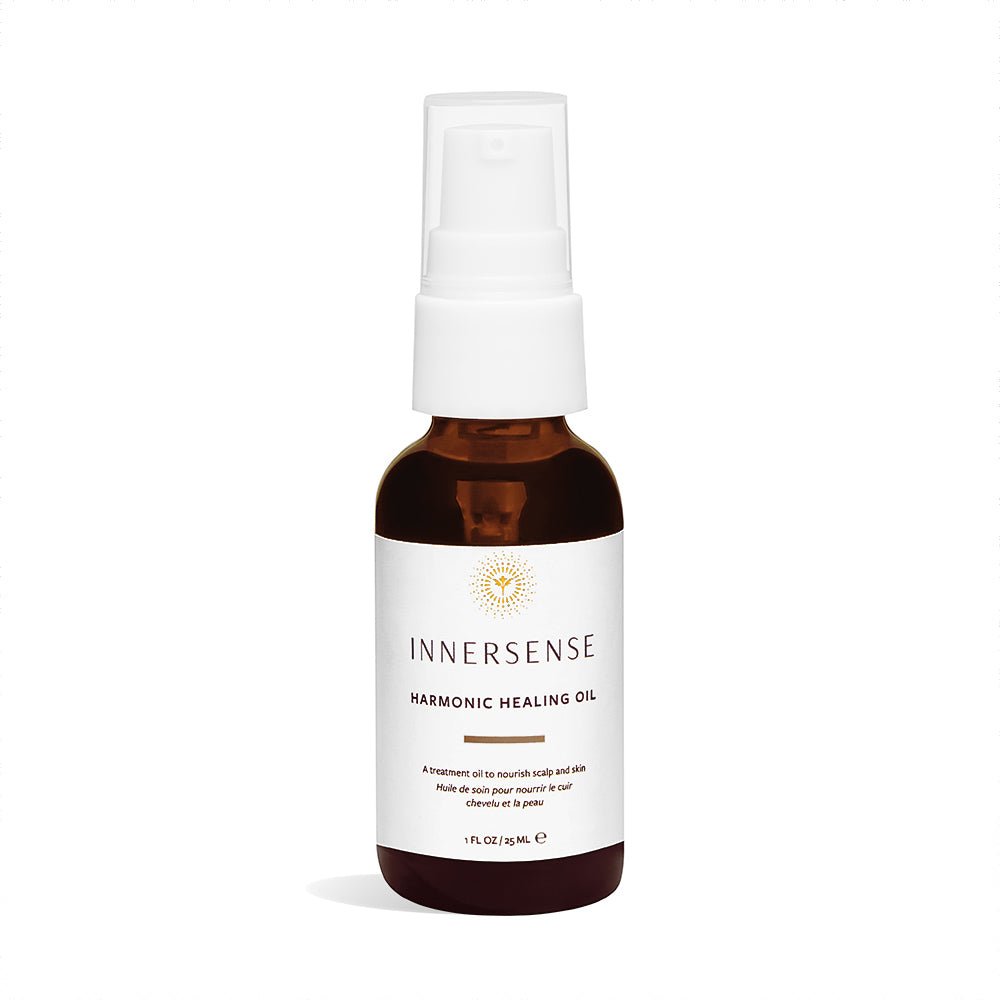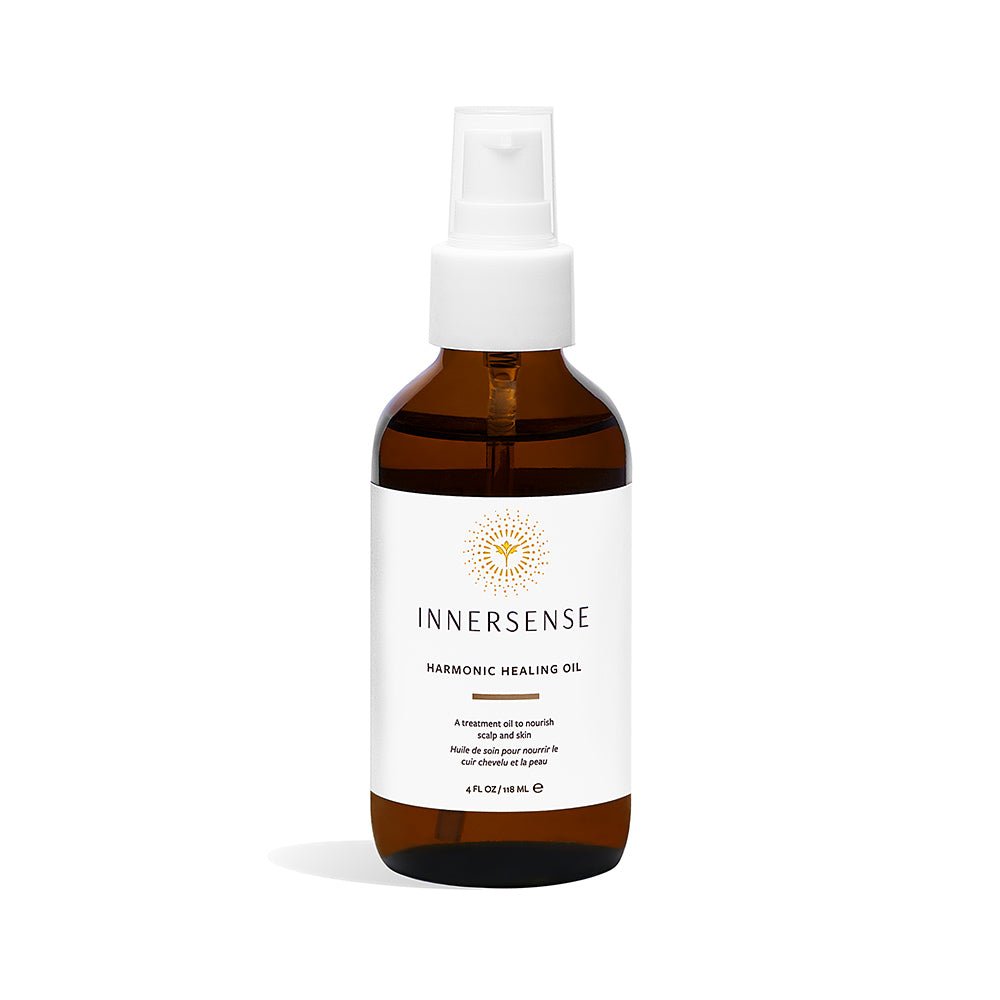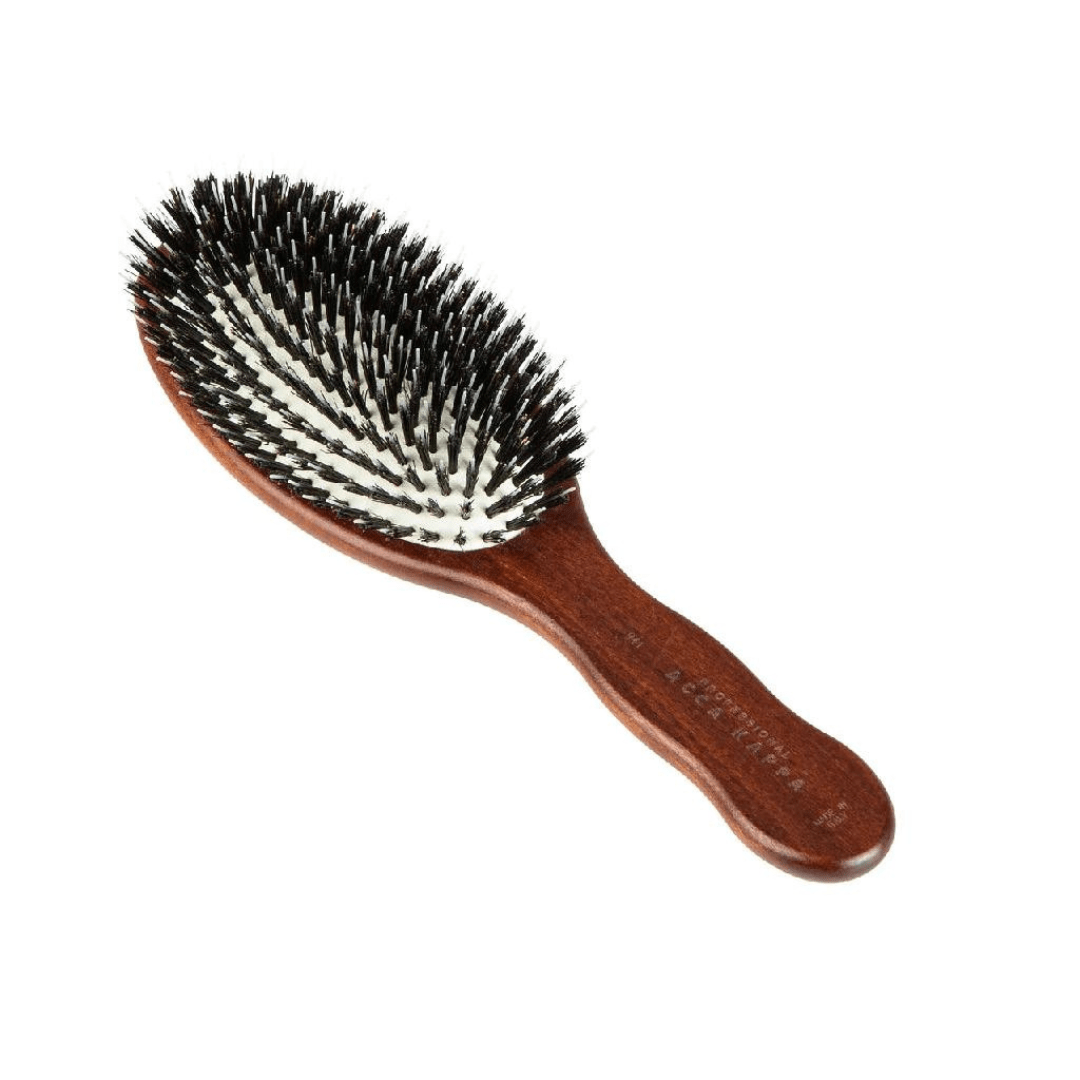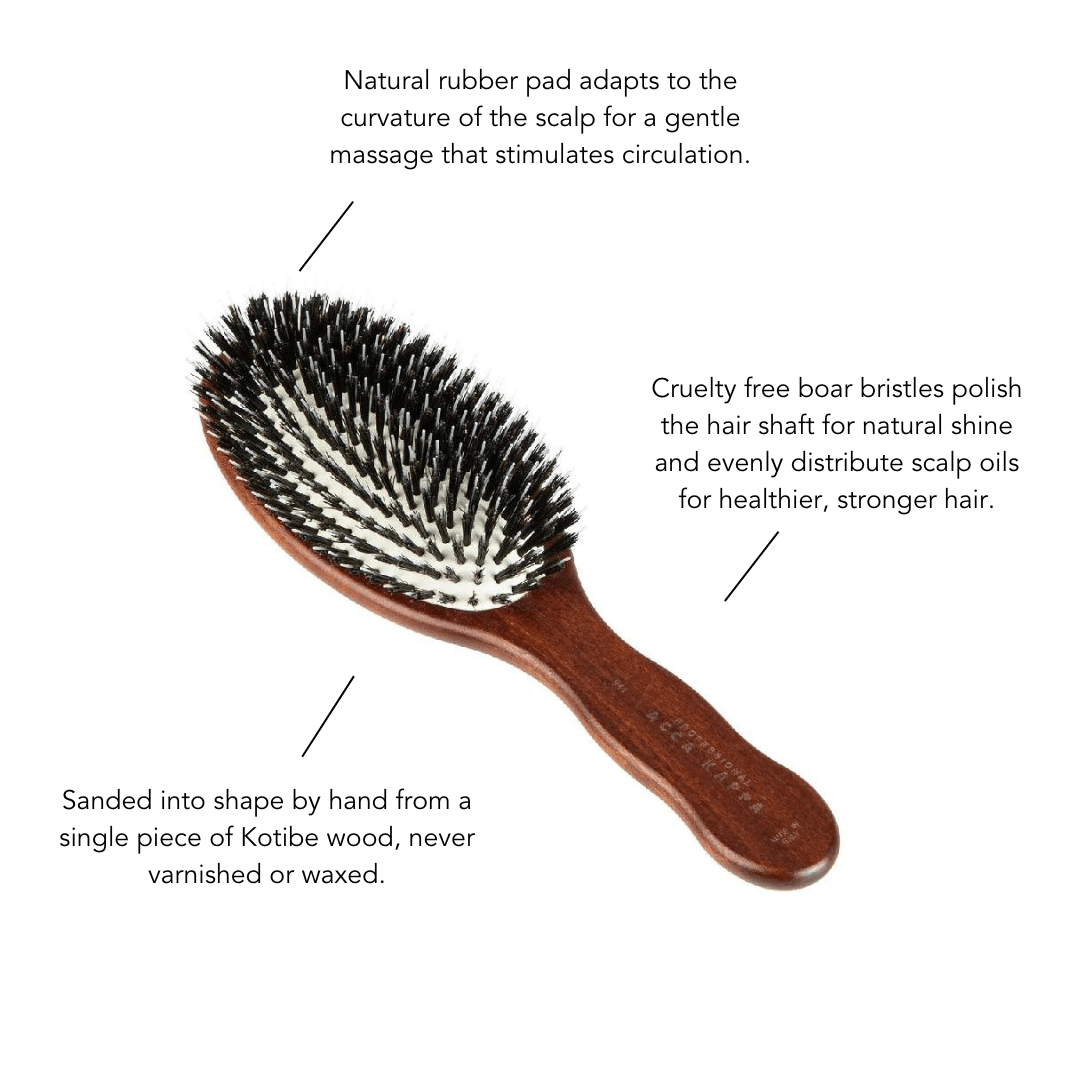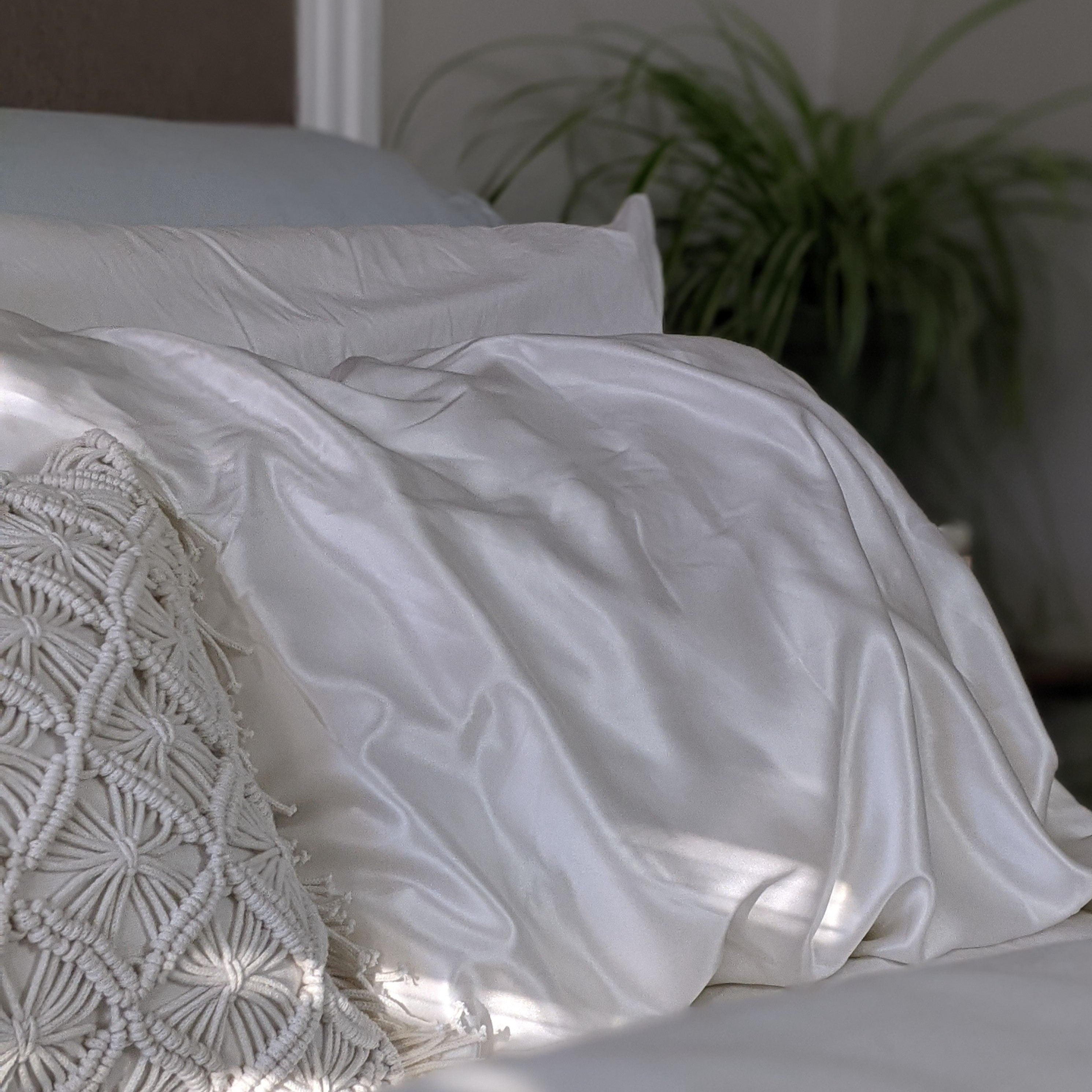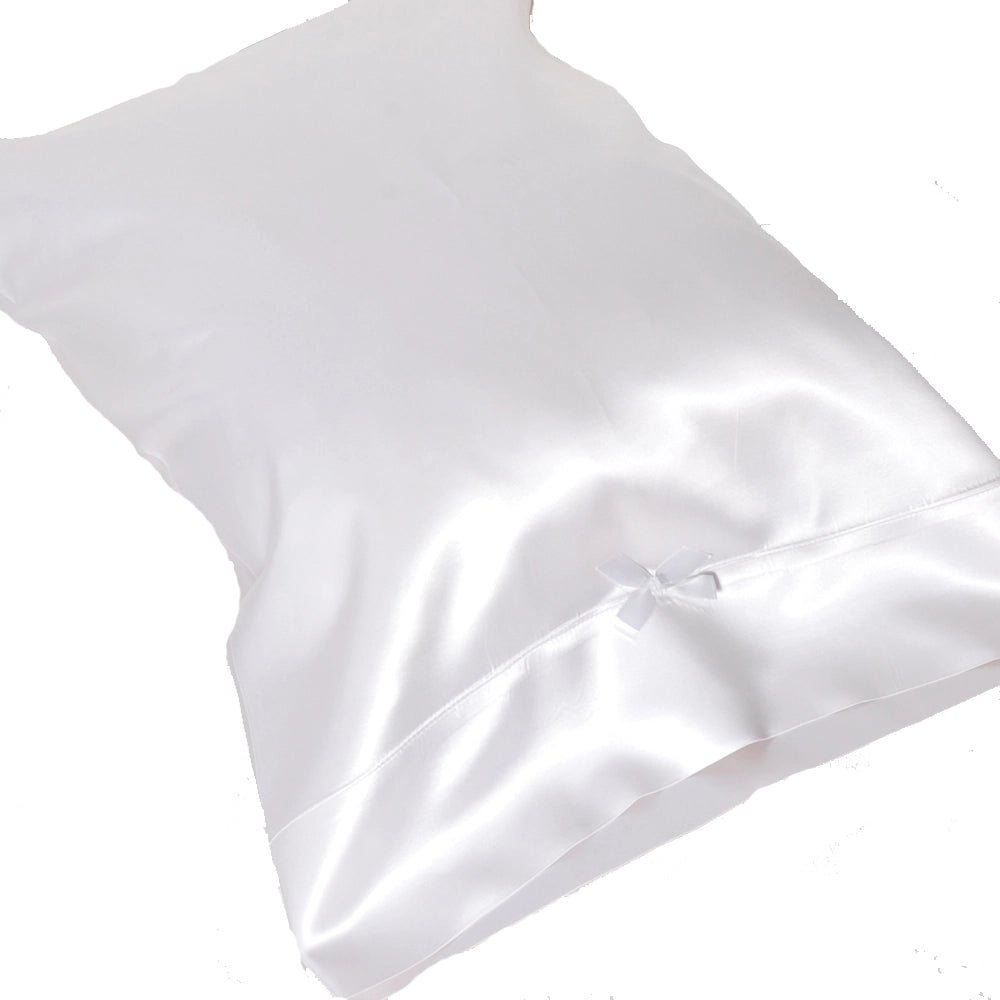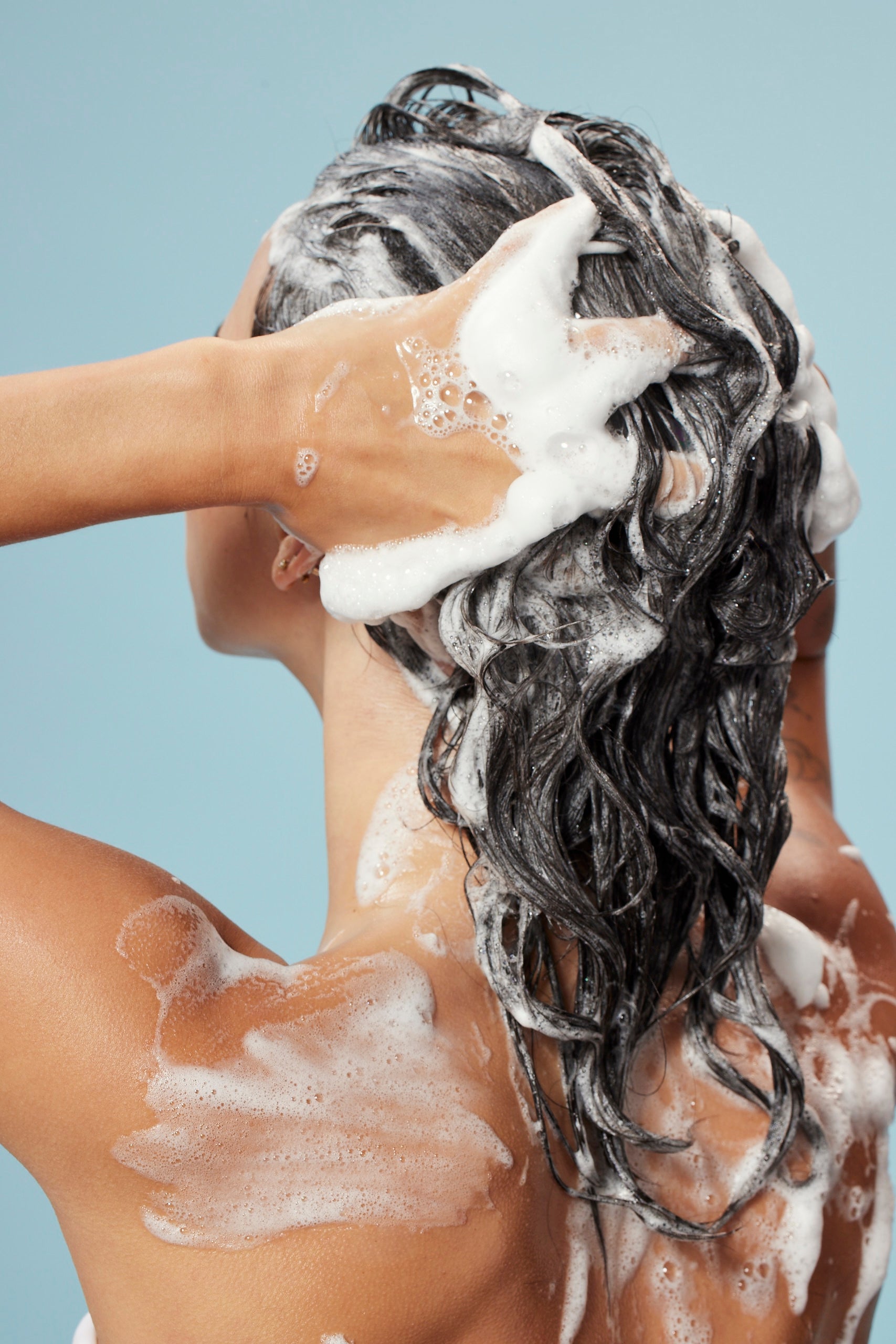
Stylists Tips
Ultimate Guide to Hair Buildup, and How to Detox your Hair Care
Hair buildup is one of the most common scalp and hair conditions that we see, but don’t worry, it’s easy to remove, and even prevent.
Read on to discover everything you need to know about hair and scalp buildup, how to avoid it and what to do if you have it.
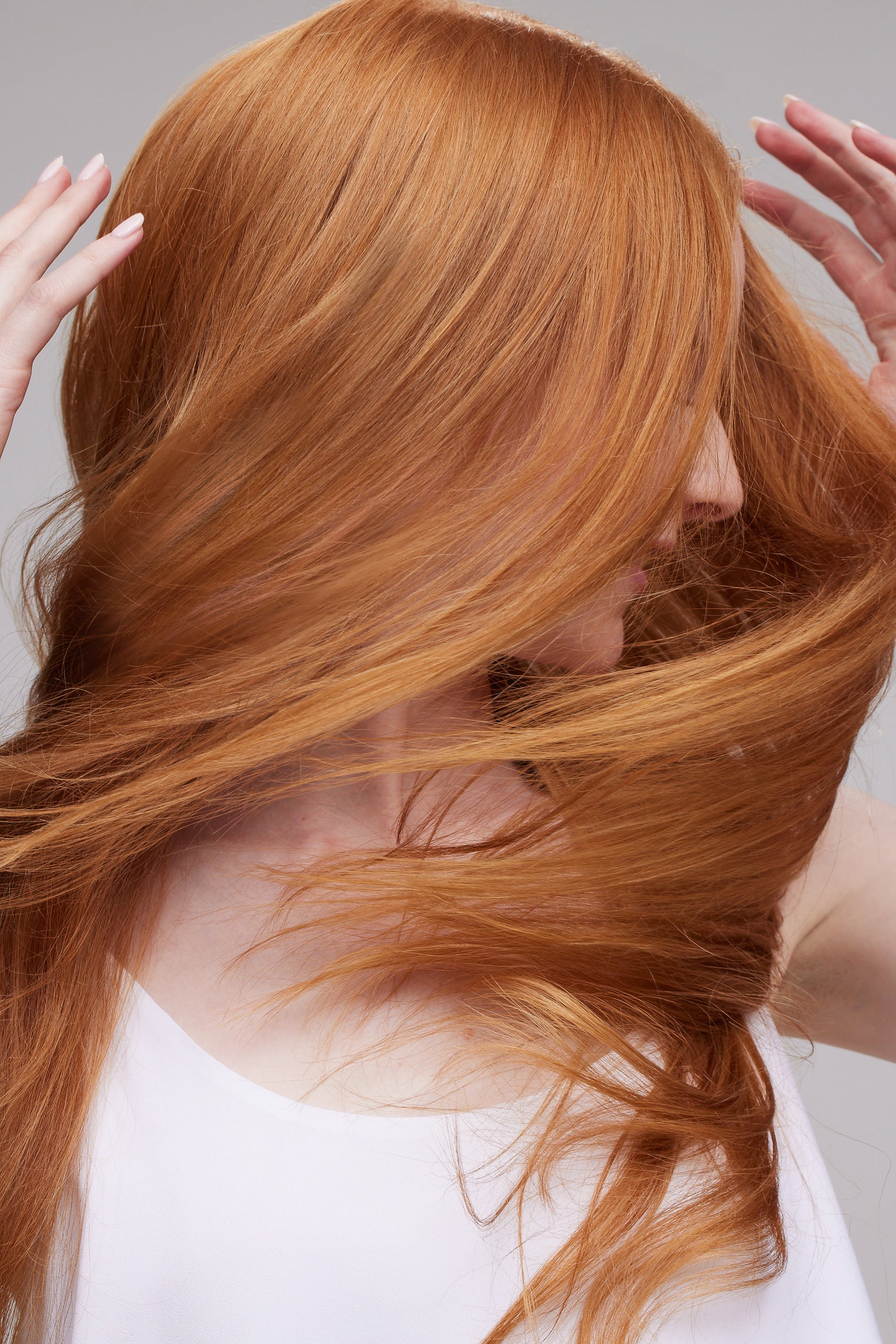
Contents
- What is Hair Buildup?
- What does Hair Buildup feel like?
- Why Does My Hair Have Buildup?
- Why Does My Scalp Have Buildup?
- Hair Buildup or Dandruff?
- Can Buildup Cause Hair Loss?
- Can Hair Oil Cause Buildup?
- Can you Remove Hair Buildup?
- How to Prevent Hair Buildup
- How to Remove Hair Buildup
- Is Hair Detox a Real Thing?
- The Benefits of a Scalp Detox
- What Hair Detox Products Actually Work?
- When to Detox Hair
- Hair Detox to Bring Back Curls
- How to Detox Your Hair
- A Scalp Cleansing Treatment to Remove Buildup
- Hair Detox vs Clarifying Shampoo
- Does Clarifying Shampoo Detox Your Hair?
- Hair Detox with Apple Cider Vinegar
- How to Hair Detox at Home
- Best Ingredients for Detoxing and Balancing the Hair and Scalp
What is Hair Buildup?
Hair buildup is when there is an accumulation of products, oils, pollution or other substances that are not absorbed into the hair or scalp. This causes a coating on the outside of the hair and can contribute to dullness, lack of shine, irritated scalp, limp hair, greasiness, and the inability for the hair to feel clean, to name a few! Most people will have some hair product buildup and scalp buildup at some point in their lives.
Our hair is not alive like our skin is, so it cannot “shed” coatings, so it’s important to care for your hair and remove any buildup properly.
What does Hair Buildup feel like?
It can be difficult to maintain a healthy scalp without affecting new hair growth or its condition. But some people need to get their scalps cleaned more frequently. This list may indicate products build up on your scalp.
These are some common symptoms of hair buildup:
- Never feeling like your hair is clean (even right after shampooing)
- Greasy roots
- Flaking scalp
- Irritated scalp
- Dry scalp
- Limp hair
- Hairstyles don’t hold
- Itchy scalp
- Lifeless curls
- “Sticky” hair that tangles easily
Why Does My Hair Have Buildup?

Hair buildup has many common causes:
Since our scalp gets exposed to many of the same things our hair does, such as hard water, pollution, and products, it’s also prone to buildup. Improper cleansing and dry shampoo are main contributors to buildup on the scalp, since these are focussed in that area. Ensuring that you’re cleansing your scalp well to remove all of the products used between wash days is essential. Without proper exfoliation, the scalp is not able to shed the excess substances on it.
Products
The biggest reason your hair may have buildup is the products that you’re using. Many drug store and health food store shampoos will use cheaper fillers to reduce the cost of the product, however, these waxes and low quality oils are not able to penetrate into the hair or scalp, and end up sitting on top causing buildup.
Hard Water
Hard water occurs when there is a high concentration of minerals like calcium and magnesium carbonates, bicarbonates and sulfates in the water. These minerals can change the pH of the water, as well as buildup on the hair shaft simply when you wash your hair with unfiltered water repeatedly. You’ve seen those water rings around your drain? That’s the exact same minerals. This can also cause blonde or grey hair to go warm or brassy.
Pollution/Wildfires
If you live in a large city or in an area that experiences wildfires, you may have buildup on your hair. The small particles that are floating in the air, can attach to your hair and scalp, causing many problems like dry scalp, dry hair, greasiness, and even hair loss.
Oils and Butters
Using raw oils like coconut or olive, and butters like shea, can quickly cause buildup on your hair and scalp. Since these products are not processed in a way that allows them to be absorbed into the hair and scalp, they will remain on the surface, weighing your hair down. There are large differences with how oils and butters react to the surface of the hair, based on how they’re processed and combined into a hair care product. Hair products can utilise them in specific ways, but we recommend leaving your pure cooking oils in the kitchen.
Inconsistent or Improper Washing
We’re glad we’ve moved on from the “no poo” method of the 2010s, because consistent cleansing is very important to hair health. If you’re “stretching” the time between washes, and using a lot of dry shampoo, you may be causing buildup on your hair. We recommend washing your hair every 2-7 days and not longer than that, to avoid buildup. If you use products on your hair, we also suggest ensuring your shampoo works gently through your ends.
Hormonal changes
Sometimes when your body goes through hormonal changes, such as after having a baby, or going through a health challenge, the sebum that comes out of your scalp will thicken, causing a slight buildup on your scalp. This is very normal, and should adjust as your hormones balance out. In the meantime, you can use products that help to remove this.
Why Does My Scalp Have Buildup?
Since our scalp gets exposed to many of the same things our hair does, such as hard water, pollution, and products, it’s also prone to buildup. Improper cleansing and dry shampoo are main contributors to buildup on the scalp, since these are focussed in that area. Ensuring that you’re cleansing your scalp well to remove all of the products used between wash days is essential. Without proper exfoliation, the scalp is not able to shed the excess substances on it.
Common Questions
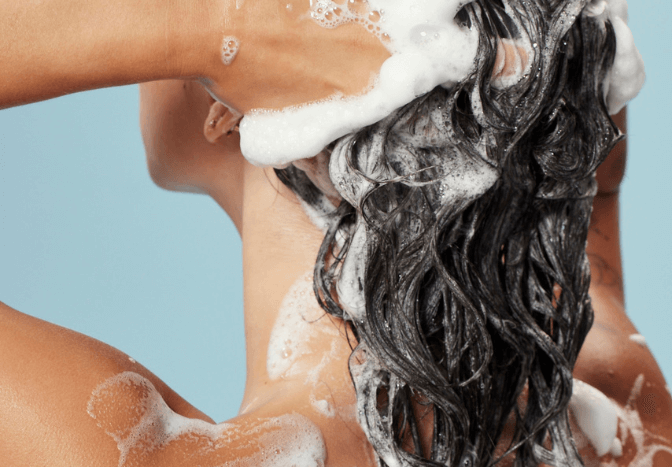
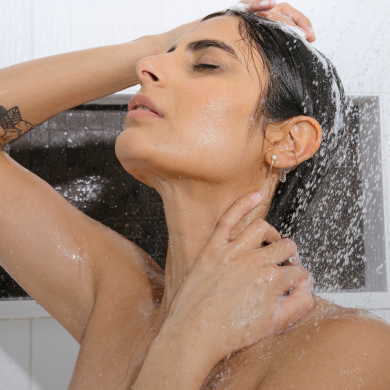
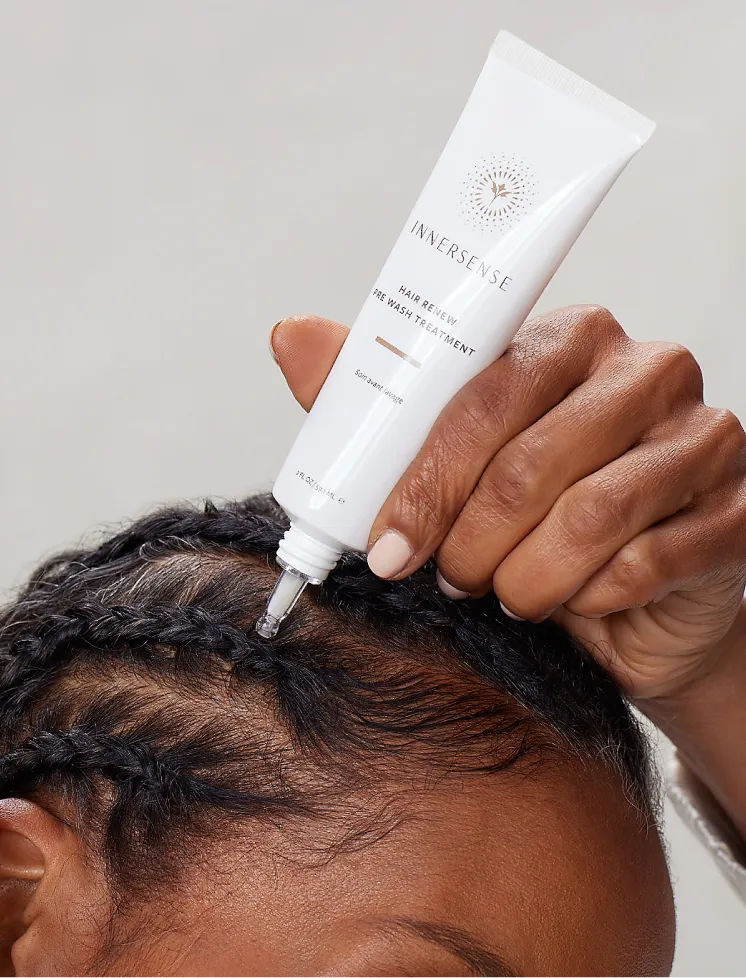
Hair Buildup? Or Dandruff?
Knowing if you have hair buildup or dandruff can be confusing, but there are a few key differences. Dandruff is a mild form of seborrheic dermatitis and may need medical treatment. It’s characterized by flakes, but specifically larger, sometimes oily flakes on the scalp, and occasionally on the face and eyebrows. The majority of people that think they have dandruff, really have dry, scalp irritation or scalp buildup. The best way to find out is to treat your hair for buildup, and if the issue has not been resolved in 1-3 months, seek the advice of a professional.
Can Buildup Cause Hair Loss?
Hair and scalp buildup can in some cases cause hair loss if it’s not removed, as your hair follicles can be clogged. In severe cases, scalp buildup causes something called folliculitis, an inflammation of the hair follicles that can result in infection and scarring.
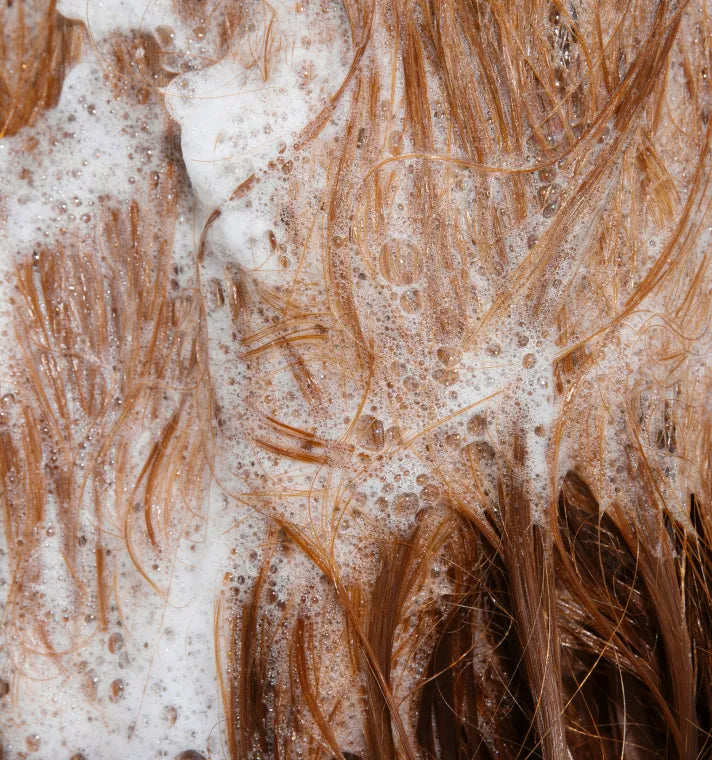
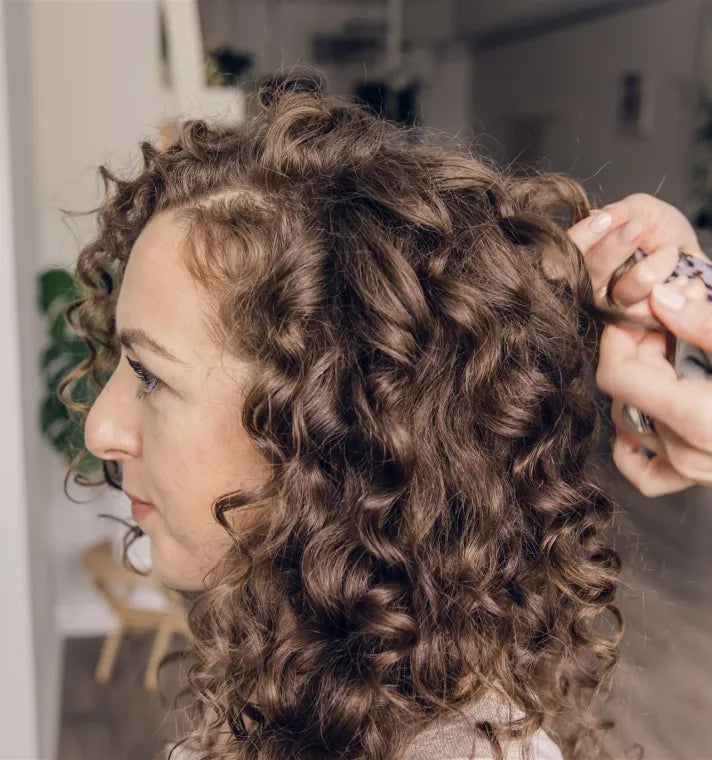
Can you Remove Hair Buildup?
Great news, hair buildup can be removed! Depending on the cause, and the severity, it can take anywhere from 1 session to 6 months with the right products and routine. If the buildup has been created over a long period of time it’s going to take longer to remove. When you want to remove hair buildup, making sure that you are avoiding the source of it is important to ensure that you can have clean, buildup-free hair!
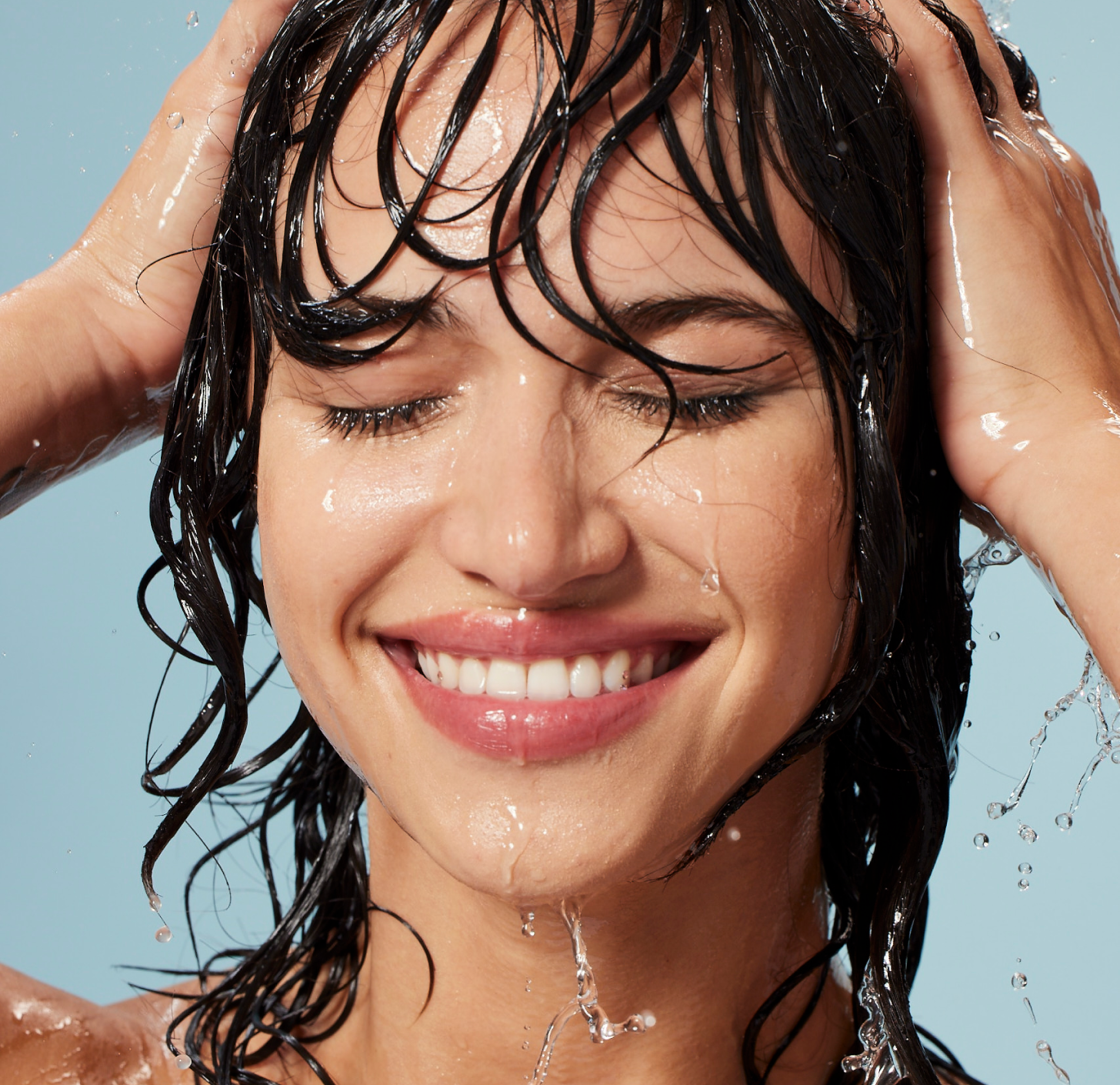
How to Prevent Hair Buildup
It’s very simple to prevent hair buildup, by using high quality products that do not contain silicones or heavy waxes, avoiding hard water and cleansing properly.
Hair care that contains natural ingredients that are processed well (unadulterated and cold pressed) is the easiest way to prevent hair buildup.
Installing a water filter that will remove the minerals from hard water can also prevent hair buildup.
And having a regular schedule of detoxing your hair will prevent hair buildup from happening.
How to Remove Hair Buildup
Hair buildup can be removed by changing the products you use, a detox treatment, scalp scrub or a clarifying shampoo. What you choose will depend on your goals, the severity of the buildup, and your hair condition.
At home hair detox treatment:
A hair and scalp detox treatment is the best way to remove hair and scalp buildup quickly and gently. Hair detox treatments can use ingredients like charcoal, kaolin clay, and vinegar to gently remove impurities from the hair and scalp without drying and stripping like clarifying shampoos can be.
Changing your products
Changing your products to remove hair buildup will be the slowest and the most gentle way to remove hair buildup. If you can remove the source of the buildup (install a water filter, stop using low quality products), simply using good products that do not cause buildup will allow the hair buildup to come off the hair. This is great if the hair is compromised and cannot handle a clarifying shampoo or hair detox treatment. Make sure you consult a professional for recommendations on products.
2 Essential Detoxing Products
Scalp Care
Clarifying shampoo
Clarifying shampoo is the most well known way to remove hair buildup, but it may not be the best. Clarifying shampoo works by using stronger surfactants to deeply cleanse the hair of buildup, but it can strip natural oils and cause dryness. Using a clarifying shampoo to remove hair buildup may mean you need to use a moisture mask after to balance the drying effects.
Scalp scrub:
A scalp scrub is a great way to remove scalp buildup. These products work by manually exfoliating any coating that is one the scalp. Look for ones that contain moisturising ingredients as well to soothe and nourish the scalp.
Is Hair Detox a Real Thing?
As you can see, hair detox is real, and an important part of healthy hair. When you remove the buildup that is on your hair, you’ll have healthier hair, and your scalp can breathe. When you do a hair detox or swap your buildup causing hair products you may experience a few symptoms on the journey, but don’t worry this is totally normal.
Symptoms Early in a Hair Detox
Less lather at first
Your shampoo has way more to work through initially, so expect a little less lather, and double cleanse if you need to.
Overproduction of oils
Your scalp may also not be used to what's happening and can react by producing more oils. Once it realizes it has enough hydration, it should balance quickly.
Itchy scalp:
As long as the itch is mild, and goes away within a short period, don't worry. This is likely your scalp's reaction to the buildup detoxing. If it continues for a prolonged period of time or is severe, you may be allergic to an ingredient and we recommend finding another product.
Frizz + Dryness
Your hair has been so used to being weighed down or coated. As that comes off, before the new nutrients get inside to sustainably nourish your hair, it's may be a little unruly. This will absolutely subside as the hair gets properly nourished and hydrated.
We always recommend sticking with your new products for at least a month before adjusting. This allows your hair to start working with the new products and truly see the positive results.
The Benefits of a Scalp Detox
To keep your hair and scalp healthy and growing, detox your hair and scalp about 1-2 times per month. The main advantages of scalp detoxification are the removal of excessive buildup and the balance the scalp.
However, other possible benefits also exist. These are:
Your scalp can breathe
Your scalp is the foundation of healthy hair, since all hair starts growing inside your scalp! It’s important that it’s balanced and nourished so it has all the building blocks for growing strong healthy hair.
Your hair will be stronger
When it’s not coated, the nutrients in your shampoo, conditioners and masks will be able to penetrate into the hair shaft, to strengthen and nourish it. Your hair is a dead fibre, with no blood flow, so it needs certain proteins, amino acids and minerals to stay strong. If there is buildup on the outside, none of these nutrients can get in, starving the hair and causing weakness.
Your style and products will work better and last longer
Similar to when you exfoliate your skin, so that your facial products will work better, hair that is free from buildup will perform better, and the products will work more efficiently. You’ll likely find you actually need less products in your daily routine.
What Hair Detox Products Actually Work?
The best products for hair detoxing are a hair detox mask or a scalp scrub. Both these products will remove the hair buildup gently, without being too harsh on the hair. Clarifying shampoos can strip the hair and scalp of its natural oils, causing dehydration and dryness.
When to Detox Hair
How often you need to detox your hair from buildup will depend on what products you’re using, your water, and your environment. It’s a great habit to add in at least once a month for most, and more if you live in an area with more pollution, hard water or you use a lot of products. Once you start to detox your hair from buildup, you’ll see and feel the difference when you need to. With the right products, detoxing your hair won’t be drying or damaging to your hair, it will help it flourish.
Hair Detox to Bring Back Curls
If your curls have been feeling lifeless and limp, a hair detox can be the solution. When you have a coating on the outside of your hair, it will weigh it down and pull your curl out. Doing a hair detox can bring your curls back to being full and voluminous. The Hair Detox Mask is one of the best products for curly hair to ensure that there is no buildup and your curls are free to live their best life.
How to Detox Your Hair
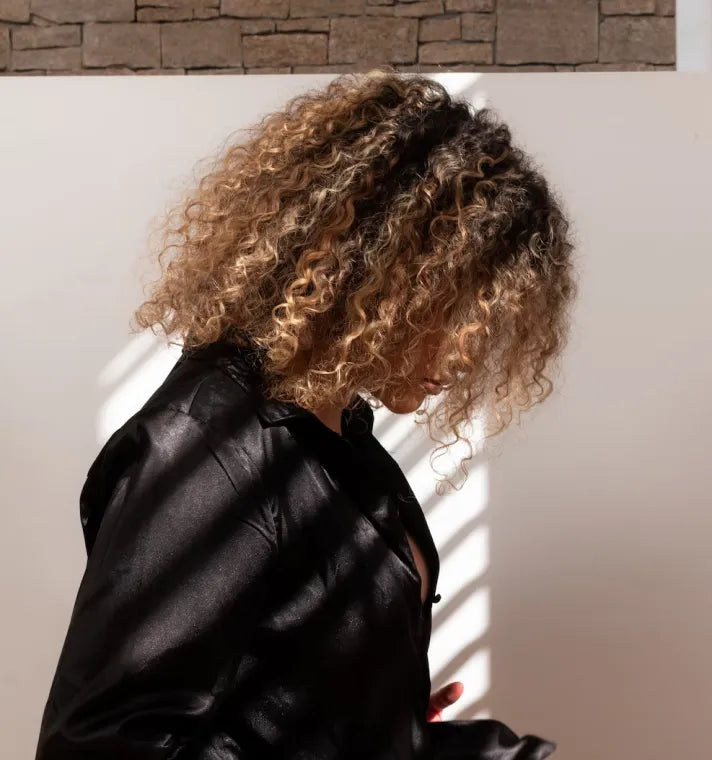
A Scalp Cleansing Treatment to Remove Buildup
For your scalp to feel clean, rub cleansing shampoo with your fingertips. Always focus on the head rather than the hair. Rinding completely, repeating then combining it with your conditioner will make it easier to use.
Hair Detox vs Clarifying Shampoo
Professional hair detox products are generally less drying on hair than clarifying shampoos, and are what we recommend for most cases of hair buildup. Hair detox treatments will gently remove impurities from the hair and scalp, while maintaining moisture balance. While clarifying shampoos can remove buildup from hair, they also will strip the hair of its moisture balance and you may need to do additional hair masks to hydrate the hair. Clarifying shampoos can also strip colour from the hair, while a good at home hair detox treatment won’t.
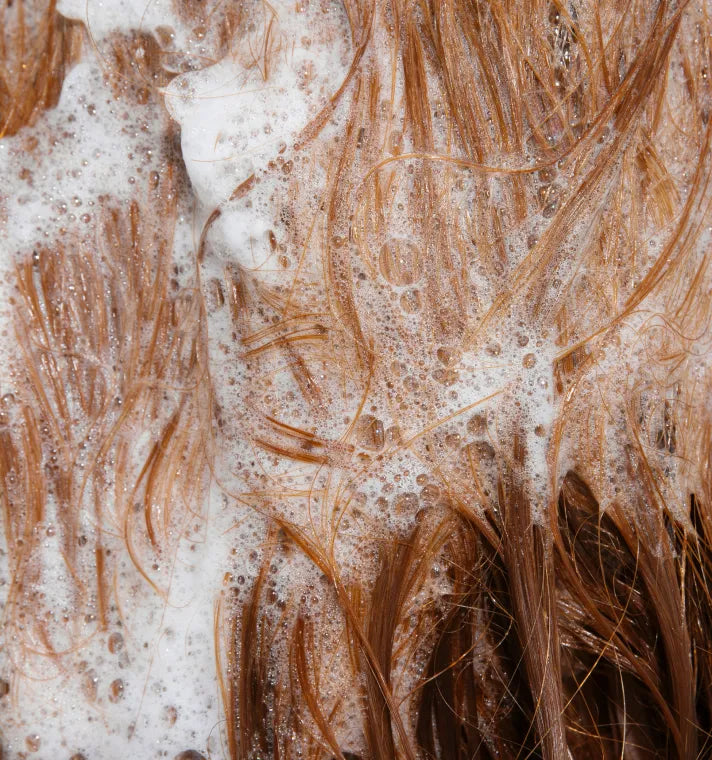
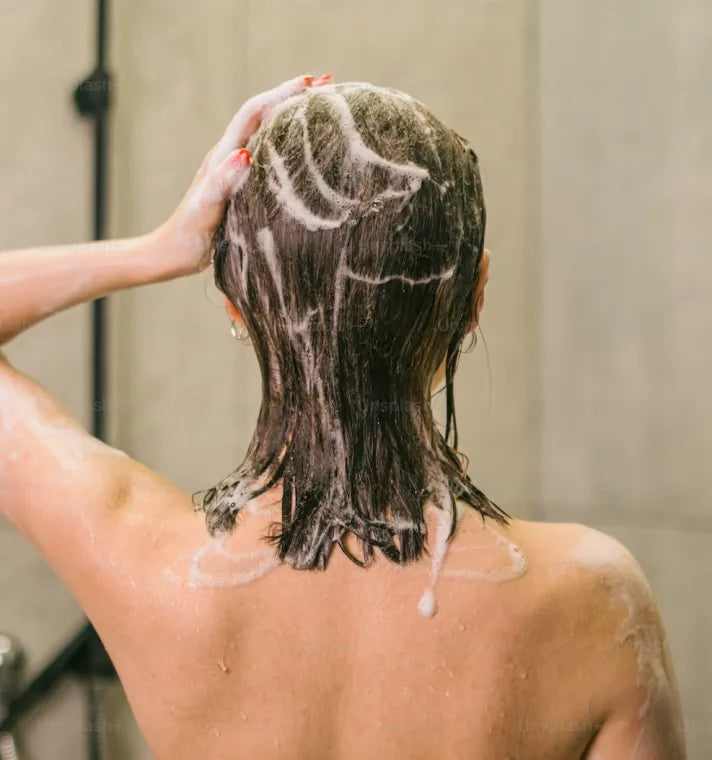
Does Clarifying Shampoo Detox Your Hair?
A detox shampoo is normally an upgrade over standard soaps and is intended to remove excess product and impurities from your hair for intense cleansing. Not to mention, detox shampoos can help with the deep pore cleansing process. The rest of the hair care will penetrate the hair better and work properly, leaving your strands healthy.
How can you detox your hair?
Hair Detox with Apple Cider Vinegar
Detoxing your hair with pure apple cider vinegar is not advised, as it can be too harsh on the hair, and can even cause burns on your scalp if used improperly. Some people find that diluting ACV with water 1:10 and applying to hair after shampooing helps with some inflammatory scalp conditions, and smooths the cuticle. Apple cider vinegar is acidic in pH (2-3), which means it can help to remove hard water minerals from the hair shaft, as well as close the cuticle of the hair. Be careful not to overuse it, as the pH can cause the hair to become brittle, and possibly break.
Hair Detox at Home
There are many products that are available to use as a hair detox at home, such as scalp scrubs, treatments and shampoos. Some are used as a pre cleanse treatment and some are used after shampooing so make sure to read the directions carefully. If you decide to do a hair detox at home, check after to see if your hair feels dry and needs a moisturizing mask to replenish hydration levels.
